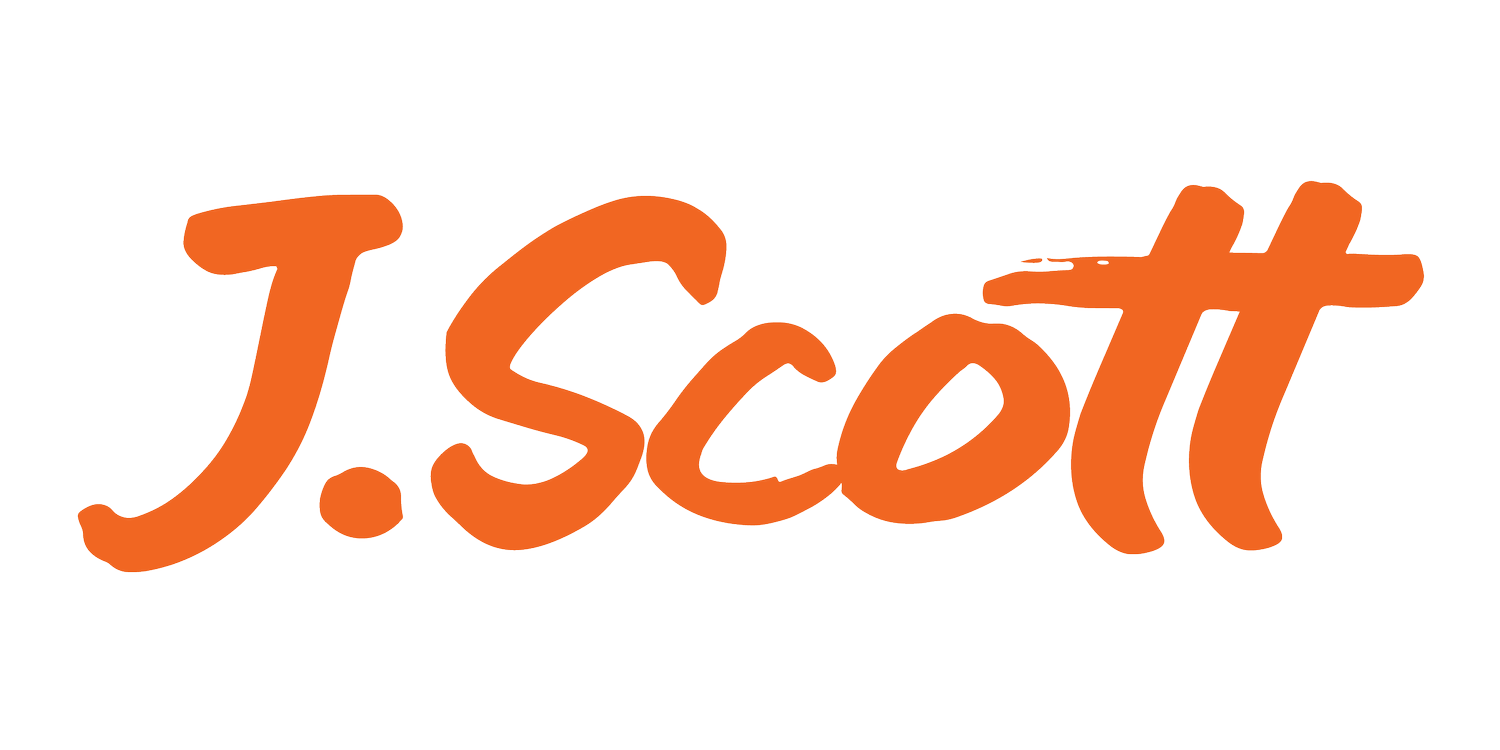Fake Accountability Is Costing You Real Results
There’s a word leaders love to throw around when things start slipping: accountability.
“People need to be held accountable.”
“We have an accountability issue.”
“We need to create a culture of accountability.”
But most of the time, when leaders say accountability, what they actually mean is,
“I want someone to blame when things don’t get done.”
That’s not accountability.
That’s cowardice.
“Real accountability isn’t about punishment. It’s not about micromanagement. And it’s definitely not about waiting until after things fall apart to go looking for the responsible party.”
What Real Accountability Looks Like
• Everyone knows what’s expected
• Everyone knows what success looks like
• Everyone knows what to do when something breaks
• No one is afraid to speak up, because accountability is built on trust, not fear
Most companies don’t have this.
What they have is a performance management program masquerading as leadership. A pile of tools, reviews, and check-ins designed to track people, not enable them.
And when things go wrong?
They weaponize accountability instead of owning the breakdown.
Here’s the truth:
If you have to hold someone accountable, the system failed them before they failed you.
Let’s walk that back.
If a team member didn’t deliver on their commitments, one of three things happened:
They didn’t know what was expected.
They didn’t have what they needed to succeed.
They didn’t care.
The first two are on leadership. Full stop.
If expectations weren’t clear, if the tools and training weren’t there, if alignment was missing, then the accountability doesn’t belong to the team member.
It belongs to the system that put them in that position.
Now, if the third one’s true, they didn’t care. That’s different.
That’s a hiring problem.
Or a coaching problem.
Or a values problem.
But it’s still leadership’s job to fix it.
Because accountability without consequences is theater.
And consequences without clarity is abuse.
That’s why your system, not your people, must be the first place you look.
The right system makes accountability visible, automatic, and cultural.
It bakes expectations into the way people work.
It makes ownership unavoidable.
It turns follow-up into follow-through.
But to build that kind of system, you have to stop treating accountability like a retroactive punishment.
Start treating it like a proactive discipline.
“At 120VC, we teach execution leadership. That means installing systems where team members don’t need a manager breathing down their neck to stay on track. Where clarity is embedded. Where visibility is constant. Where expectations are public. And where progress is the baseline...not the surprise.”
When HR is built as an internal performance consultancy, they’re not just protecting culture.
They’re building the muscle that supports trust and clarity.
When IT functions like an internal tech unicorn, they’re not just delivering tools.
They’re enabling the systems that track work, surface issues, and accelerate teams.
When Finance operates like an investment partner, they’re not just reviewing budgets.
They’re making sure the work getting done is the work that matters.
Accountability isn’t just about delivery…it’s about value.
In a system like that, accountability doesn’t have to be enforced. It happens naturally. It becomes cultural. It becomes operational.
People stop waiting to be asked if they’re on track.
They start sharing updates before they’re needed.
They stop hiding breakdowns.
They escalate them.
They don’t blame.
They fix.
But that doesn’t happen by accident.
It happens when leaders make one critical shift: from reactive accountability to proactive clarity.
Here’s what that looks like in practice:
Every commitment is tied to a measurable outcome.
Every owner is public.
Every project has visible status—accessible in real time.
Every breakdown is reviewed to identify system gaps—not just personnel flaws.
Every team is held to the same standards—not just the high performers.
You know who thrives in this system?
The doers. The builders. The ones who want to win.
You know who doesn’t?
The ones who’ve been hiding behind the chaos. The ones who’ve been getting credit for motion instead of results. The ones who’ve learned to manage up instead of lead forward.
That’s why most organizations hesitate to do this work.
Because real accountability exposes the difference between value and noise.
And in most companies, noise gets promoted.
But if you want a company that works, that wins, that scales…you have to be willing to kill the noise.
“You have to build a system where performance is expected, not exceptional. Where feedback isn’t a threat, it’s a requirement. And where the people who get results are the ones who lead, regardless of title.”
You build it by embedding execution into the culture.
You build it by training managers to lead, not manage.
You build it by transforming HR, IT, and Finance into execution engines, departments that everyone else sees as cost centers but you’ve turned into your secret weapon.
Because when those functions operate with execution discipline, they create a ripple effect across the entire company.
People stop asking, “Who’s accountable?”
They start acting like they are.
That’s real accountability.
It’s not a buzzword.
It’s not a retroactive meeting.
It’s the output of a system that actually works.
And if your company doesn’t have that system in place?
It doesn’t matter how smart your people are.
You’re not building something that will last.
Want to See This in Action?
If you’re ready to stop reacting and start leading, I recorded a quick breakdown that shows you exactly how to turn your “cost center” into a growth engine. No fluff. No theory. Just what works.
Watch this:
You’ve already got the insight. Now get the action.

